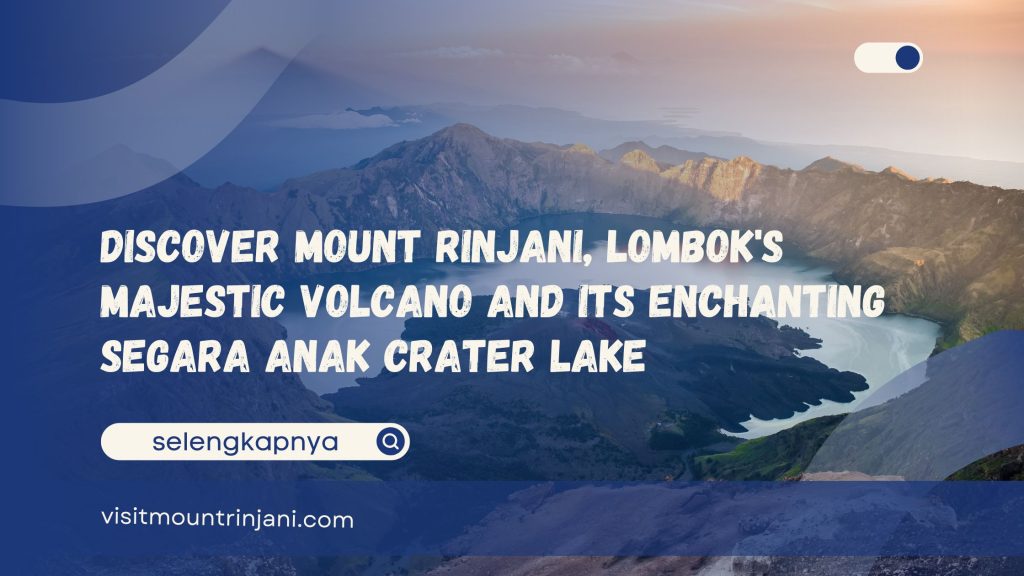Mount Rinjani isn’t just another hiking destination – it’s a magnificent natural wonder that dominates Lombok’s landscape. Standing tall at 3,726 meters above sea level, this active volcano provides one of the most unforgettable trekking adventures in Southeast Asia. What makes Rinjani truly special is its perfect combination of physical challenge, stunning scenery, and rich cultural significance that attracts adventurers from around the globe.
For those seeking an unforgettable outdoor experience, Mount Rinjani delivers on every level. The journey takes you through lush rainforests, across sweeping savannas, past steaming hot springs, and finally to the edge of a breathtaking crater lake with its own miniature active volcano. Every step of the climb reveals new wonders that make the physical effort worthwhile. Let’s explore in detail why this Indonesian treasure deserves a spot on your adventure bucket list.
Mount Rinjani: The Second Highest Volcano in Indonesia
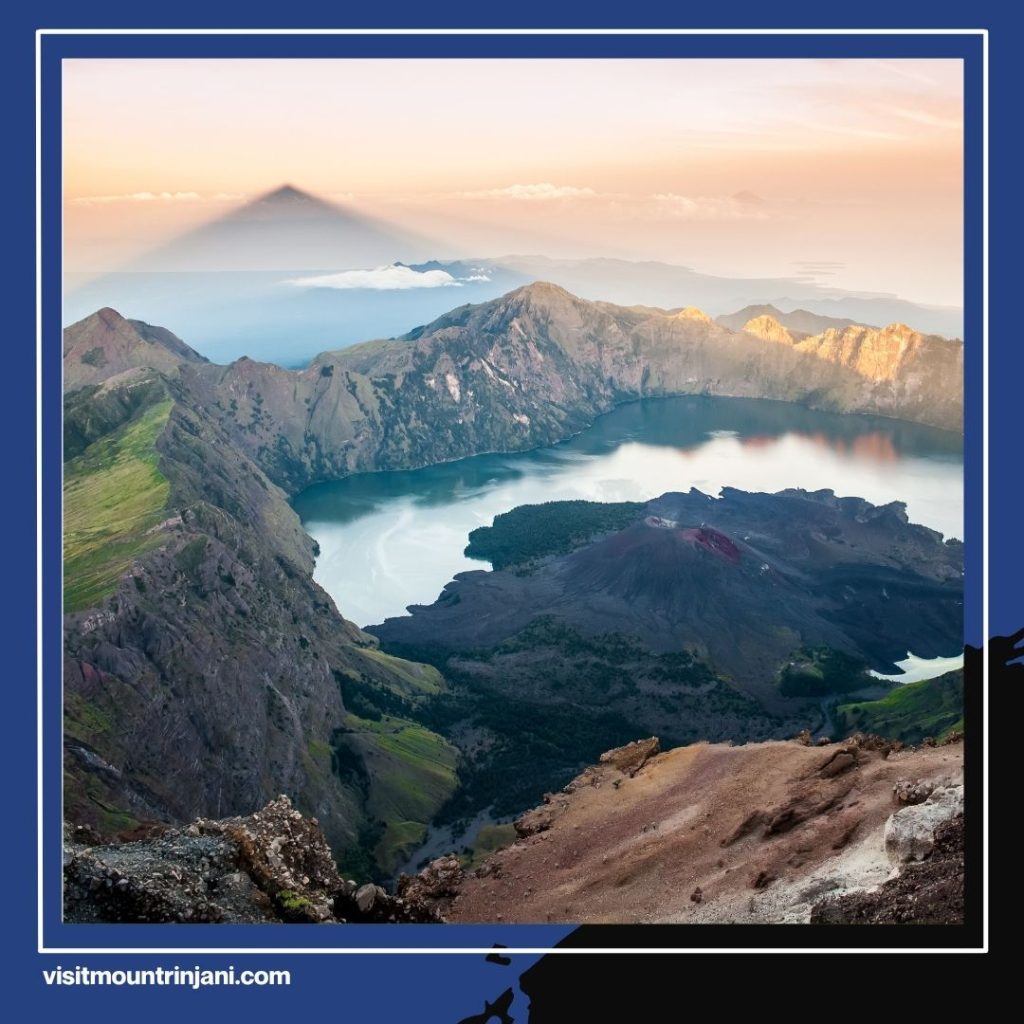
As the second highest volcano in Indonesia (after Mount Kerinci in Sumatra), Mount Rinjani proudly represents Lombok in the prestigious “Seven Summits of Indonesia” challenge. This massive stratovolcano dominates the northern part of Lombok island in West Nusa Tenggara province, covering an area of about 41,330 hectares within Gunung Rinjani National Park.
Geographically, Rinjani forms part of the Pacific Ring of Fire, with its last significant eruption occurring in 2016. The mountain features one of the most spectacular calderas in the world, measuring about 8.5 km by 6 km, containing the stunning Segara Anak crater lake. At the center of this lake rises Gunung Baru Jari (“New Mountain”), a smaller active volcano that continues to shape Rinjani’s dramatic landscape through periodic eruptions.
Cultural Significance: The Legend of Dewi Rinjani
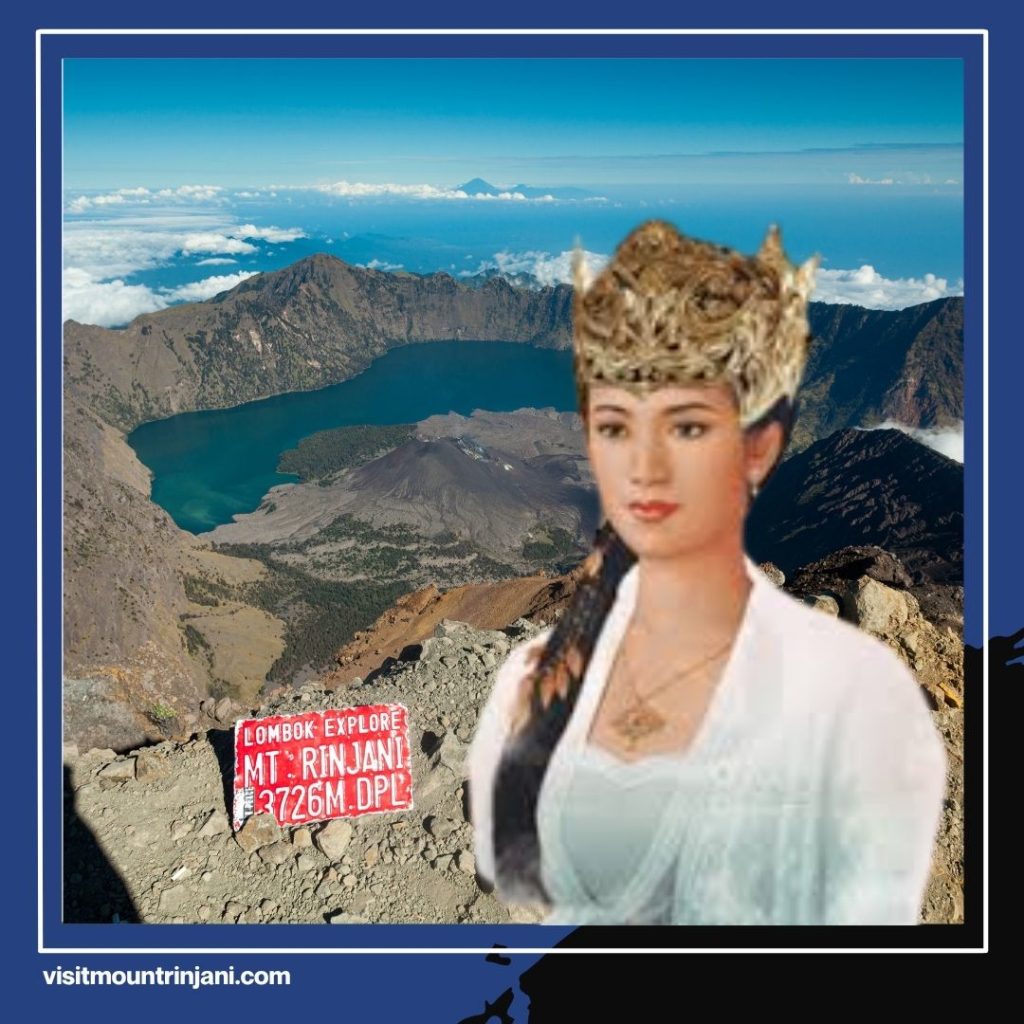
Beyond its physical grandeur, Mount Rinjani holds deep spiritual meaning for the local Sasak and Balinese communities. According to ancient folklore, the mountain is named after Dewi Rinjani, a legendary princess who achieved divine status. The story tells of her spiritual journey with her father, Datu Taun, to the mountain’s peak where she meditated and was ultimately crowned queen by supernatural beings.
To this day, many locals believe the mountain is inhabited by spirits and deities. Several sacred sites around Rinjani, including caves and hot springs, are used for meditation and traditional healing rituals. During full moon nights, you might encounter pilgrims making offerings at these spiritual locations. This rich cultural heritage adds a mystical dimension to the trekking experience that goes beyond mere physical adventure.
Geological Marvels: A Landscape Shaped by Fire
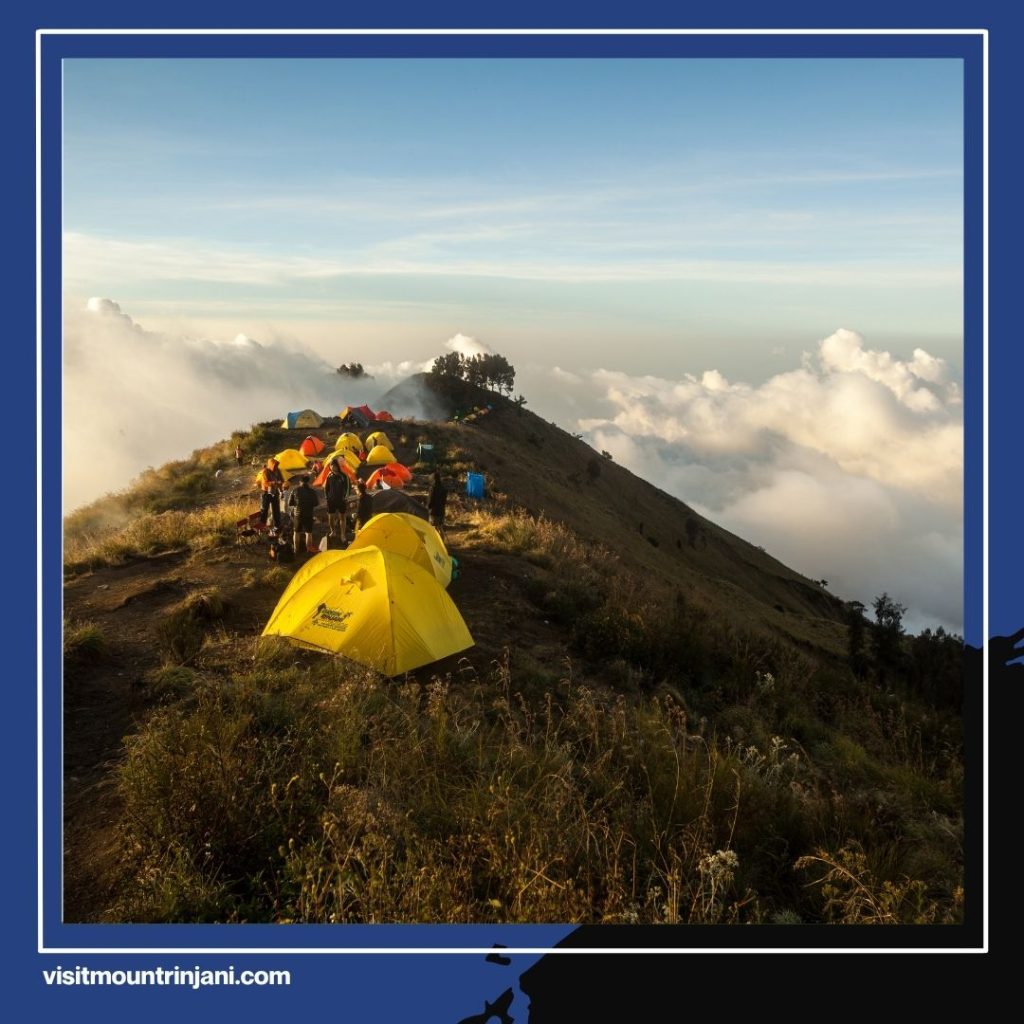
Mount Rinjani’s geological history is as dramatic as its appearance. Formed during the Pleistocene epoch (about 1.8 million to 11,500 years ago), the volcano has experienced numerous major eruptions that shaped its current form. The most significant of these occurred in 1257 AD, an event so massive it affected global climate patterns.
The 6×8.5 km caldera was created by a catastrophic eruption that caused the mountain’s original peak to collapse inward. This depression later filled with water, forming the stunning Segara Anak (“Child of the Sea”) Lake, named for its seawater-like color. The lake’s depth reaches approximately 230 meters, with temperatures ranging from 20-30°C – warm enough for a refreshing swim after days of hiking.
Gunung Baru Jari emerged more recently, with its first recorded appearance after the 1847 eruption. This younger volcanic cone remains active, frequently emitting steam and occasionally erupting, most recently in 2016. These ongoing geological processes make Rinjani a fascinating living laboratory for volcanologists and nature enthusiasts alike.
Trekking Routes: Choosing Your Adventure
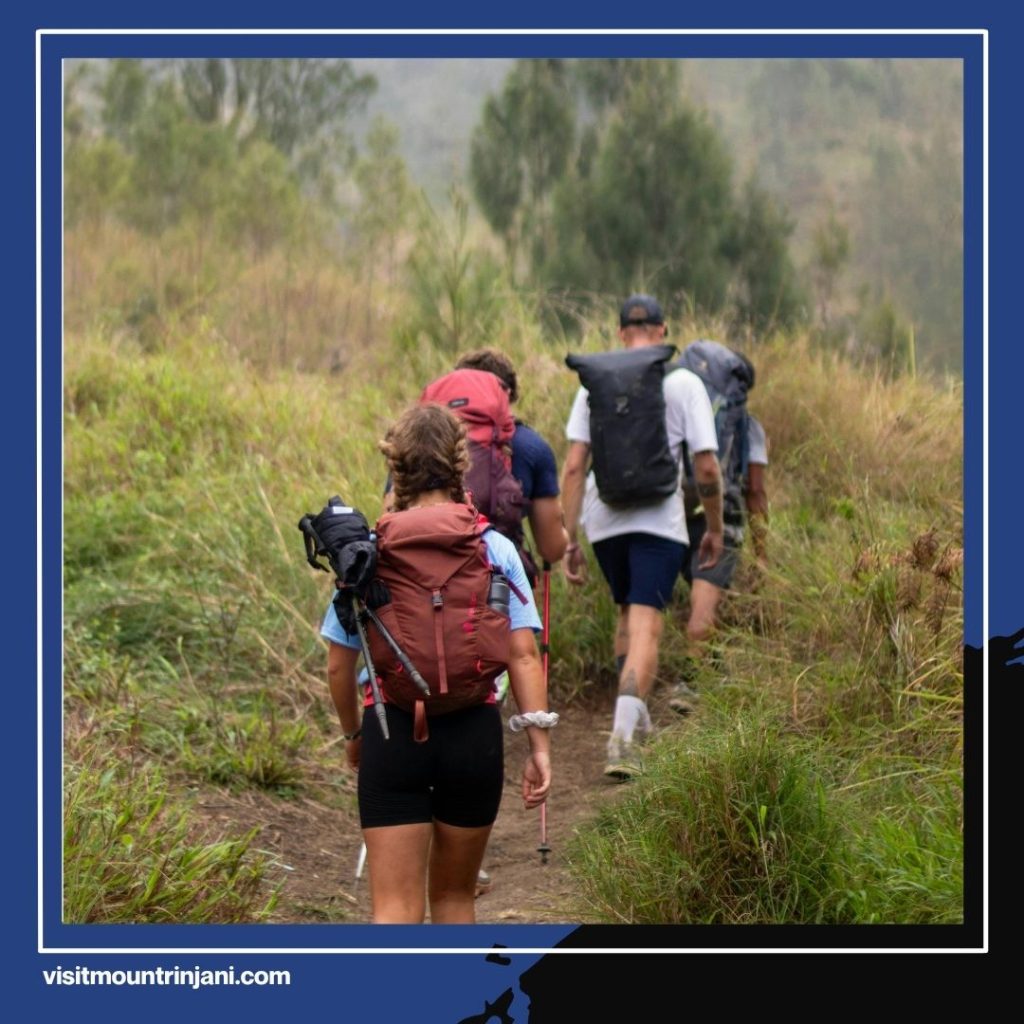
Mount Rinjani offers several trekking routes of varying difficulty, with two main trails being most popular:
Sembalun Route (East Side)
- Starting elevation: 1,156m
- Features gradual ascents through open grasslands
- Best for those prioritizing summit sunrise views
- Typical duration: 2-3 days to summit and return
- Water sources scarce – must carry sufficient supply
More Info:
- Summit Program (2 Days 1 Night Package)
- Full Trek (3 Days 2 Nights Package)
- Extra Time (4 Days 3 Nights Package)
Senaru Route (North Side)
- Starting elevation: 601m
- Passes through dense rainforest with rich wildlife
- Provides access to spectacular waterfalls
- Better for those wanting to visit Segara Anak Lake
- More shaded but steeper sections
More Info: Senaru Crater Rim (2 Days 1 Night Package)
For experienced trekkers, the Torean Route offers a challenging alternative with stunning views of the western caldera wall. Most climbers opt for 3-day/2-night packages that cover both summit and lake, while 4-day itineraries allow for more thorough exploration.
7 Unmissable Wonders of Mount Rinjani
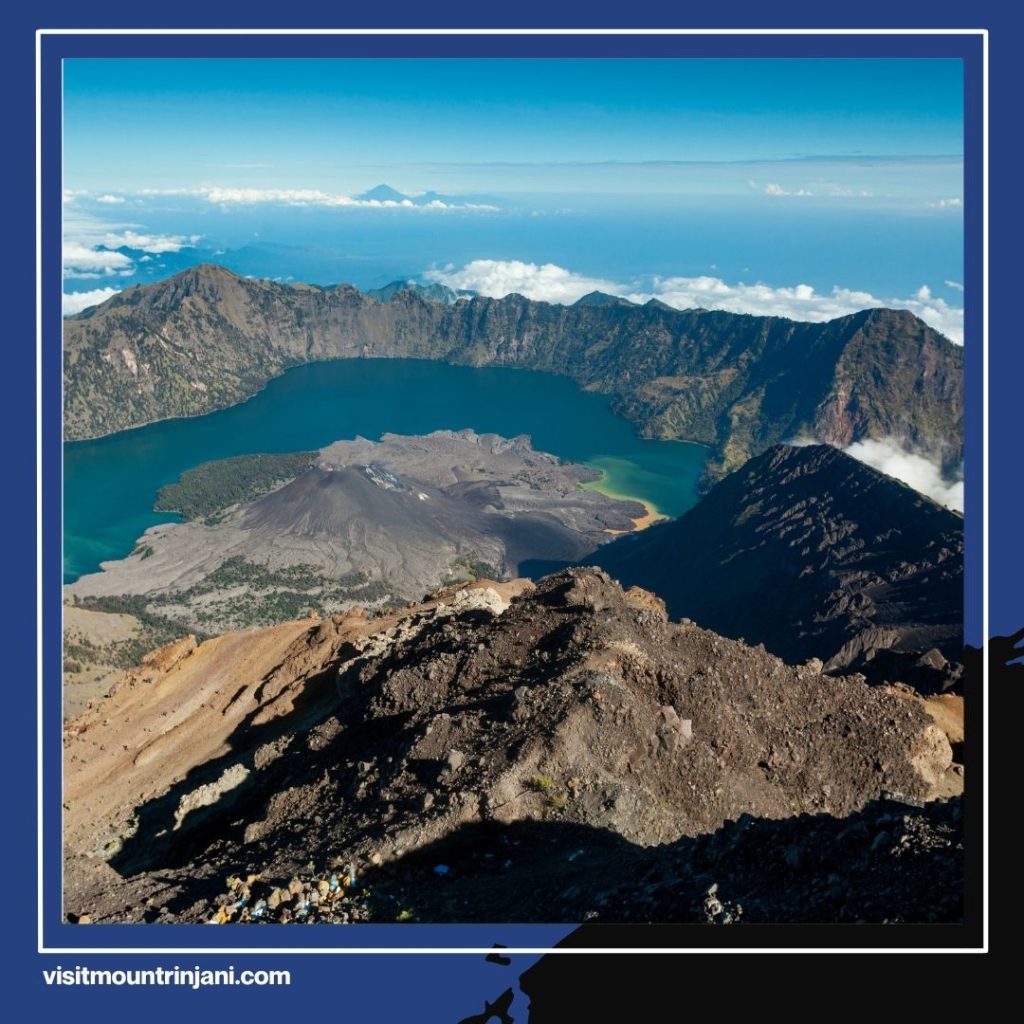
Here are the captivating highlights of Mount Rinjani’s breathtaking beauty:
1. Segara Anak Lake: A Volcanic Masterpiece
This stunning crater lake sits at 2,010m elevation, its turquoise waters contrasting dramatically with the surrounding gray volcanic walls. The lake holds spiritual significance – locals believe its waters have healing properties. Many trekkers take the opportunity to swim in its warm mineral-rich waters or camp along its shores under starry skies. Don’t miss the chance to fish for the lake’s unique carp species using simple bamboo rods!
2. Summit of Dewi Anjani: Touching the Clouds
Reaching Rinjani’s summit (3,726m) requires a challenging pre-dawn ascent, but rewards climbers with one of Indonesia’s most spectacular sunrise views. On clear days, the panorama stretches across Lombok, to Bali’s Mount Agung, and even to Sumbawa’s Mount Tambora. The thin air and freezing temperatures test your endurance, but the sense of achievement at the top is incomparable.
3. Tiu Kelep and Sendang Gile Waterfalls
After descending, refresh at these magnificent waterfalls near Senaru village. Tiu Kelep is the larger fall, with powerful cascades creating a natural massage pool. Sendang Gile, while smaller, offers easier access and equally refreshing dips. The surrounding jungle teems with butterflies and birdlife, perfect for nature photography.
4. Gunung Baru Jari: The Smoking Cone
This active volcanic island in Segara Anak Lake presents a mesmerizing sight, often shrouded in steam. While off-limits for climbing due to volcanic activity, viewing it from the crater rim provides unforgettable photo opportunities, especially at sunrise when the light hits the steam plumes dramatically.
5. Savana Propok: Rinjani’s Rolling Grasslands
This expansive savanna at about 2,000m elevation offers sweeping views of Rinjani’s peak. During dry season, the golden grasses contrast beautifully with blue skies. It’s common to spot wild deer or the semi-wild horses that roam these highlands. Many trekking groups stop here for lunch breaks amidst the panoramic scenery.
6. Sunrise and Sunset Spectacles
Beyond the summit sunrise, Plawangan Sembalun and Plawangan Senaru (the crater rims) offer equally stunning vantage points. Sunset paints the caldera walls in golden hues, while sunrise transforms Segara Anak Lake into a mirror reflecting the colors of dawn. Photographers should bring wide-angle lenses to capture these magical moments.
7. Sasak Culture: Warmth of Lombok’s People
The villages surrounding Rinjani, particularly Senaru and Sembalun, offer authentic cultural experiences. Stay in traditional Sasak houses with distinctive thatched roofs, sample local specialties like ayam taliwang (spicy grilled chicken), and learn about ikat weaving traditions. The mountain guides, mostly local Sasak people, share fascinating insights about Rinjani’s natural and spiritual significance.
Why Trek with Visit Mount Rinjani?
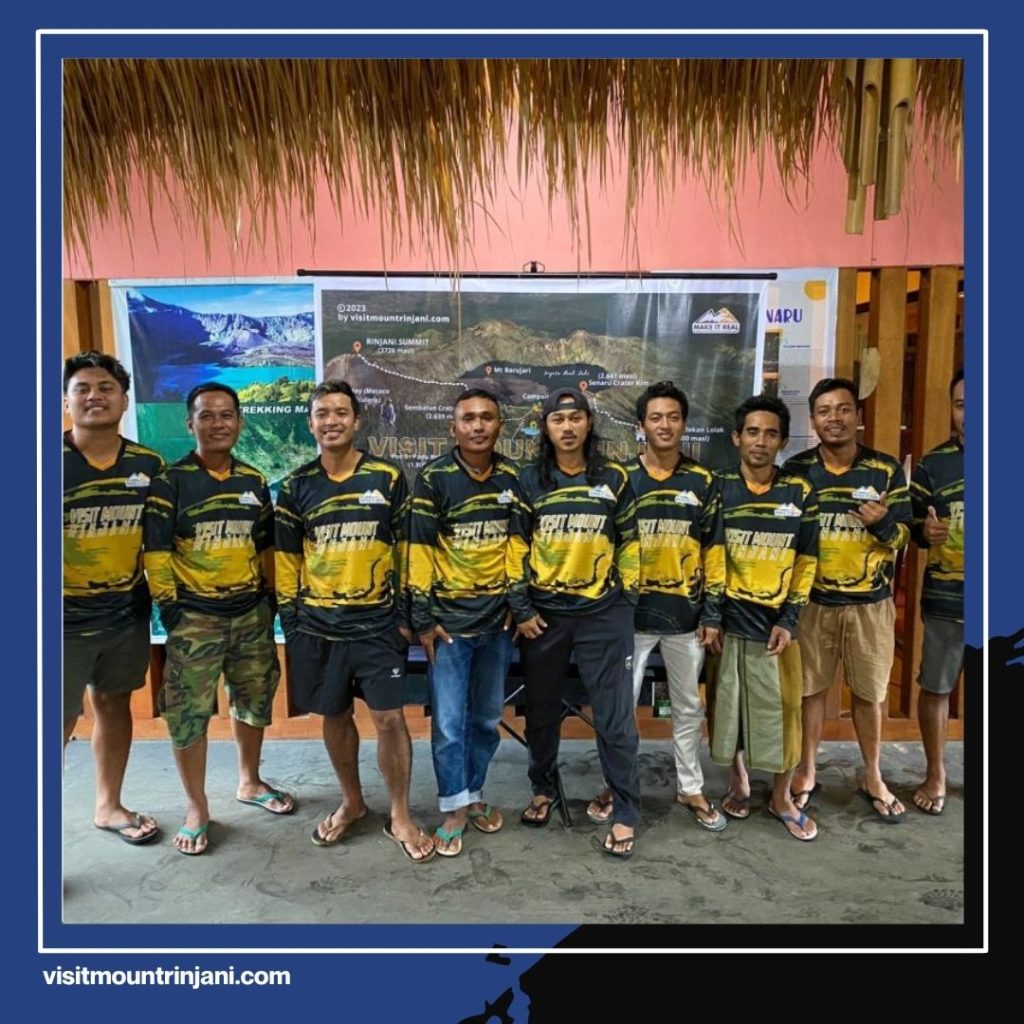
With over 20 years of experience organizing Rinjani expeditions, Visit Mount Rinjani stands out for its:
- Expert local guides fluent in English and knowledgeable about geology, flora/fauna
- Premium camping equipment including spacious tents and comfortable sleeping bags
- Eco-friendly practices – all waste is carried down from the mountain
- Safety record with trained staff and emergency protocols
- Cultural immersion through village homestays and local cuisine
Their 3D2N Summit & Lake Trek (from IDR 3.5 million/person) includes:
- All permits and national park fees
- Meals prepared by camp cooks
- Porter service for shared equipment
- Summit attempt and Segara Anak Lake visit
For those short on time, their 2D1N Crater Rim Trek offers a rewarding alternative with spectacular views without reaching the summit.
Planning Your Rinjani Adventure

Best Time to Trek:
- Peak season (June-August): Clear skies but crowded
- Shoulder months (April-May, September-October): Pleasant temperatures, fewer trekkers
- Avoid November-March: Heavy rains make trails slippery and dangerous
Essential Packing List:
- Broken-in hiking boots with ankle support
- Warm layers (summit temperatures can drop below 5°C)
- Headlamp for night hiking
- Personal medications and high-energy snacks
- Camera with extra batteries
Physical Preparation:
Start training at least 2 months prior with:
- Stair climbing or hill walking with a loaded backpack
- Cardiovascular exercises (running, cycling)
- Leg strengthening (squats, lunges)
Begin Your Rinjani Journey Today!
Mount Rinjani offers more than just a physical challenge – it’s an opportunity to connect with nature’s raw power, immerse in local culture, and push your personal boundaries. Whether you’re drawn by the geological wonders, spiritual energy, or simply the promise of breathtaking views, this Indonesian giant will leave you transformed.
Contact Visit Mount Rinjani via WhatsApp:
- Website: visitmountrinjani.com
- Email: visitmountrinjani@gmail.com

